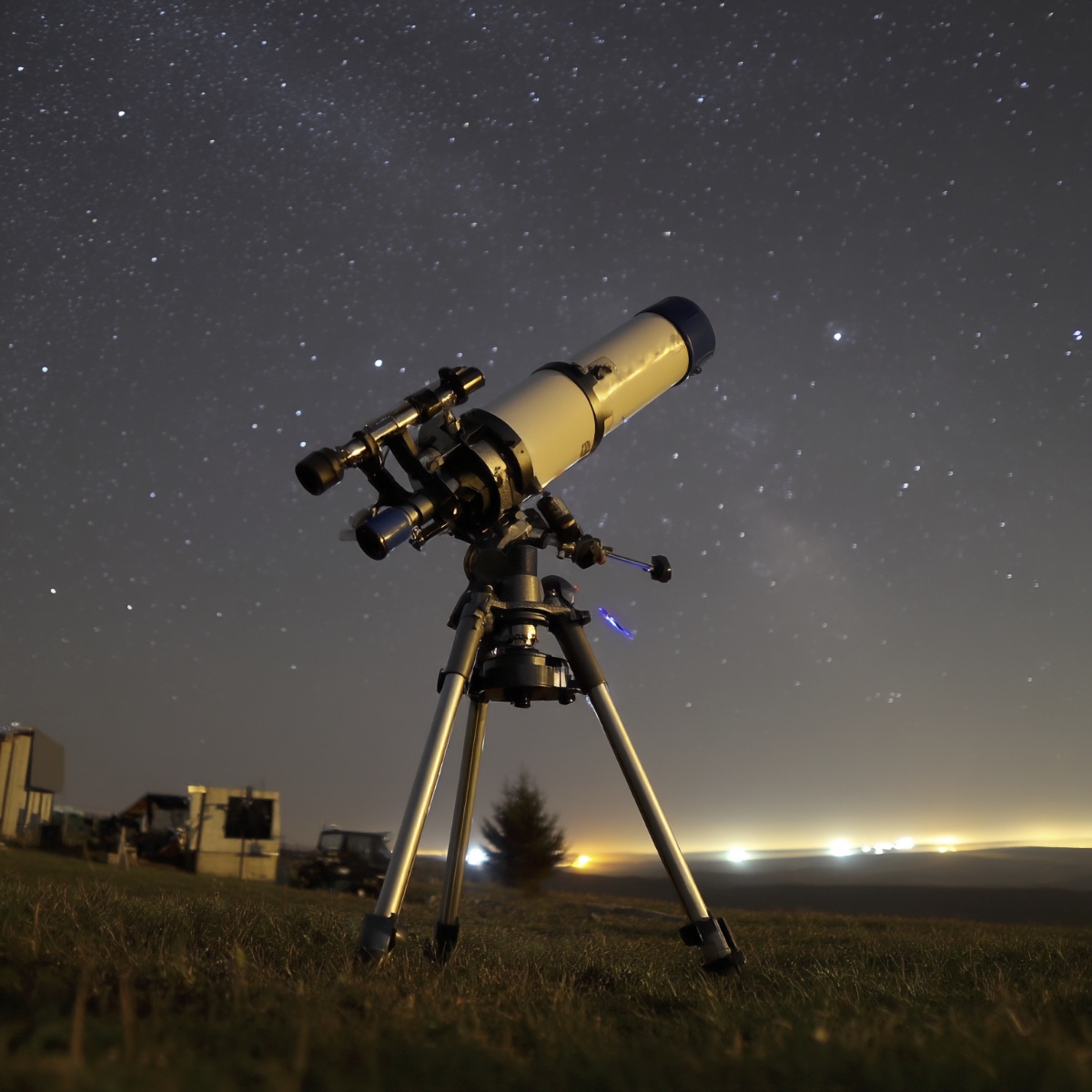Equatorial Mount Tracking Speed Calculator
Calculate precise tracking speeds for equatorial mounts to follow different celestial objects. Essential for long-exposure astrophotography and visual observations.
Tracking Parameters
Select the type of object you're tracking
Your geographical latitude (positive for North)
Declination of the target object
Single exposure duration
Compensate for atmospheric effects near horizon
Tracking Speed Results
--
--
--
--
--
--
Tracking Performance
Perfect
Acceptable
Poor
Standard Tracking Rates
| Target Type | Rate (arcsec/hour) | % of Sidereal | Description |
|---|---|---|---|
| Sidereal (Stars) | 54,000.0 | 100.0% | Standard star tracking rate |
| Solar (Sun) | 53,997.7 | 99.996% | Sun's motion relative to stars |
| Lunar (Moon) | 52,145.0 | 96.56% | Moon's orbital motion |
| King Rate | 54,118.8 | 100.22% | Compromise for deep sky objects |
| Comet/Asteroid | Variable | Variable | Depends on orbital motion |
Tracking Setup Guide
1. Mount Alignment
- Ensure accurate polar alignment (within 1-2 arcminutes for long exposures)
- Use polar alignment scope or drift alignment method
- Check alignment periodically, especially after moving the mount
2. Tracking Rate Selection
- Sidereal: Use for stars, galaxies, nebulae, and most deep sky objects
- Solar: Only for solar observations (with proper filters)
- Lunar: For detailed lunar photography and observations
- King Rate: Slightly faster than sidereal, good for long exposures
3. Guiding Considerations
- For exposures > 30 seconds, consider autoguiding
- Periodic error correction (PEC) improves tracking accuracy
- Wind and vibration can affect tracking performance
- Temperature changes can cause mechanical drift
Tracking Error Analysis
Sources of Tracking Error
- Polar Misalignment: Most common source, causes field rotation
- Periodic Error: Mechanical imperfections in drive gears
- Atmospheric Refraction: Changes object position near horizon
- Flexure: Mechanical sagging under telescope weight
- Seeing: Atmospheric turbulence affects star images
Acceptable Error Levels
| Application | Max Error (arcsec) | Max Error (pixels) | Requirements |
|---|---|---|---|
| Visual Observing | 30-60 | N/A | Keep object in eyepiece field |
| Wide Field (>50mm) | 10-20 | 1-2 pixels | Minimal star trailing |
| Standard (100-300mm) | 3-10 | 0.5-1 pixel | Round star images |
| Long Focal Length (>500mm) | 1-3 | 0.2-0.5 pixels | Precise tracking essential |
